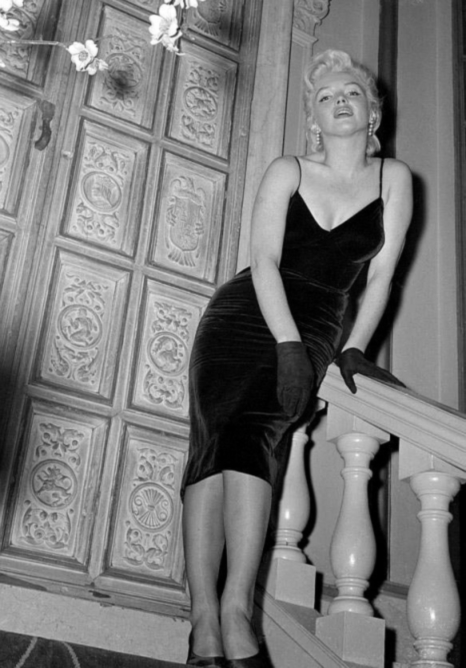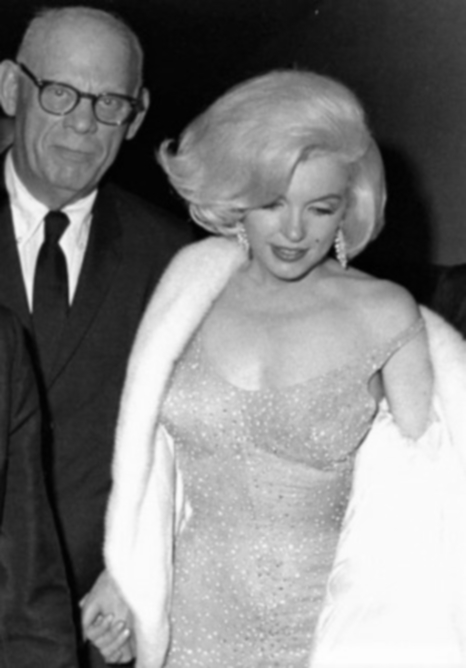The Rosarito Beach Hotel
The beach that Slatzer spelled “Rosarita” apparently was actually spelled “Rosarito”, which is a developed resort community approximately thirty minutes by car southwest of Tijuana. The Rosarito Beach Hotel, where Slatzer claimed that he and Mrs. Slatzer spent their wedding night, still exists today, although in a much larger and more developed state. Apparently Slatzer told Anthony Summers that he and Marilyn consummated the marriage in the bedroom of the Rosarita Beach Hotel, then an isolated old-fashioned place about twenty miles from Tijuana (Summers 115). However, even in 1952, the hotel was neither old-fashioned nor isolated. Websites dedicated to the hotel’s history noted that the original building was built around 1920 and functioned as a twelve room hunting lodge until 1925. Manuel Barbachano bought the lodge that year, closed it for remodeling and then reopened it as the Rosarito Beach Hotel. Soon, the hotel grew into and became the area’s largest resort with the addition of fifty rooms and other luxurious amenities.
Over the entrance transom, a Spanish inscription reads, translated into English: Through this door pass the most beautiful women in the world. That inscription refers to the many beautiful Hollywood stars that visited and vacationed in the hotel: Paulette Goddard, Rita Hayworth, Lana Turner and Kim Novak, just to mention a few. Several websites even announced that Marilyn Monroe had visited and slept at the Rosarito Beach Hotel. The websites did not mention, however, that Marilyn Monroe was married to Robert F. Slatzer in Tijuana or that she and her hubby honeymooned in the hotel.
I admit that I do not know for true exactly when the inscription was added to the transom of the hotel’s main entrance; but in 1932, the persons who then owned the development at that time added a new grand hotel foyer, which included a new foyer entrance no doubt, the Salon Mexicano Ballroom and the Azteca restaurant, which featured fine dining. Allow me to speculate: chances are, and the probability is a big number, like 99%, that the owners added the transom inscription during that construction and improvement effort.
Additionally, old forties vintage black and white photographs and contemporaneous color videos advertising the hotel indicate that the arched entrance which features a tile mosaic and the inscription were in place prior to 1952. Oddly enough, Slatzer did not mention that detail in his description of the hotel.


